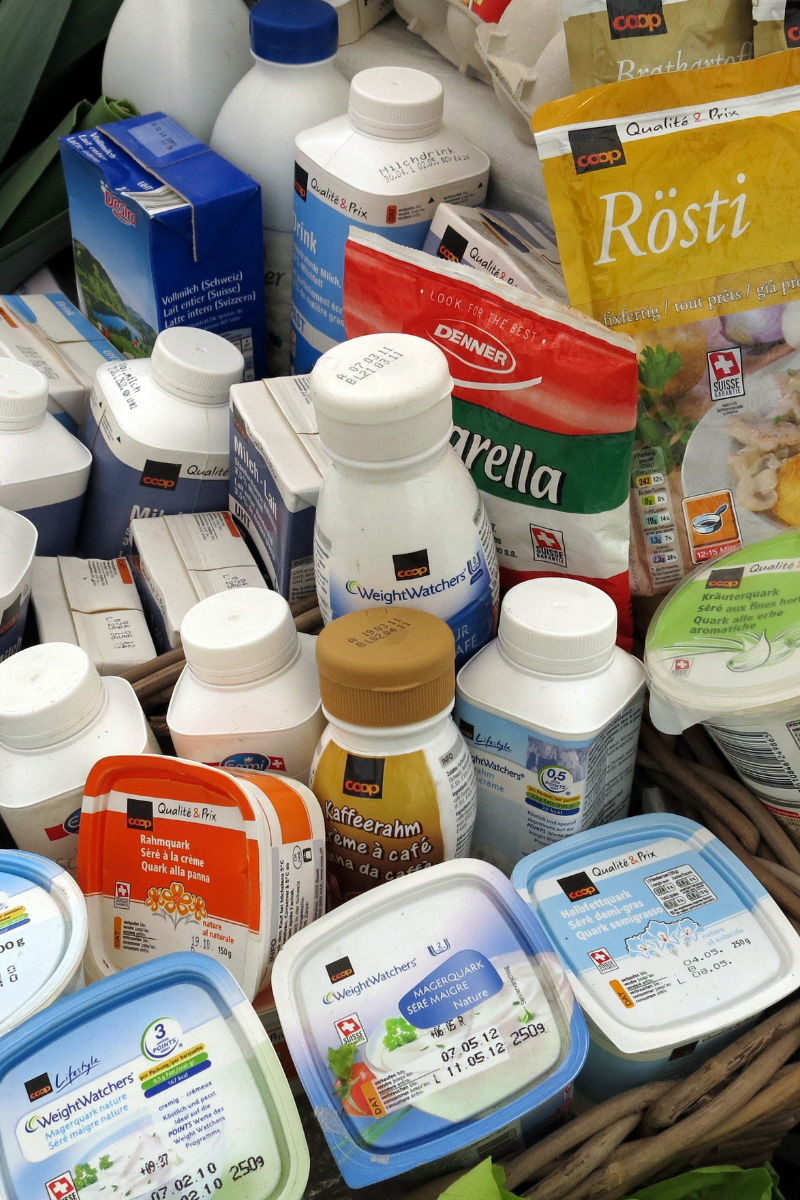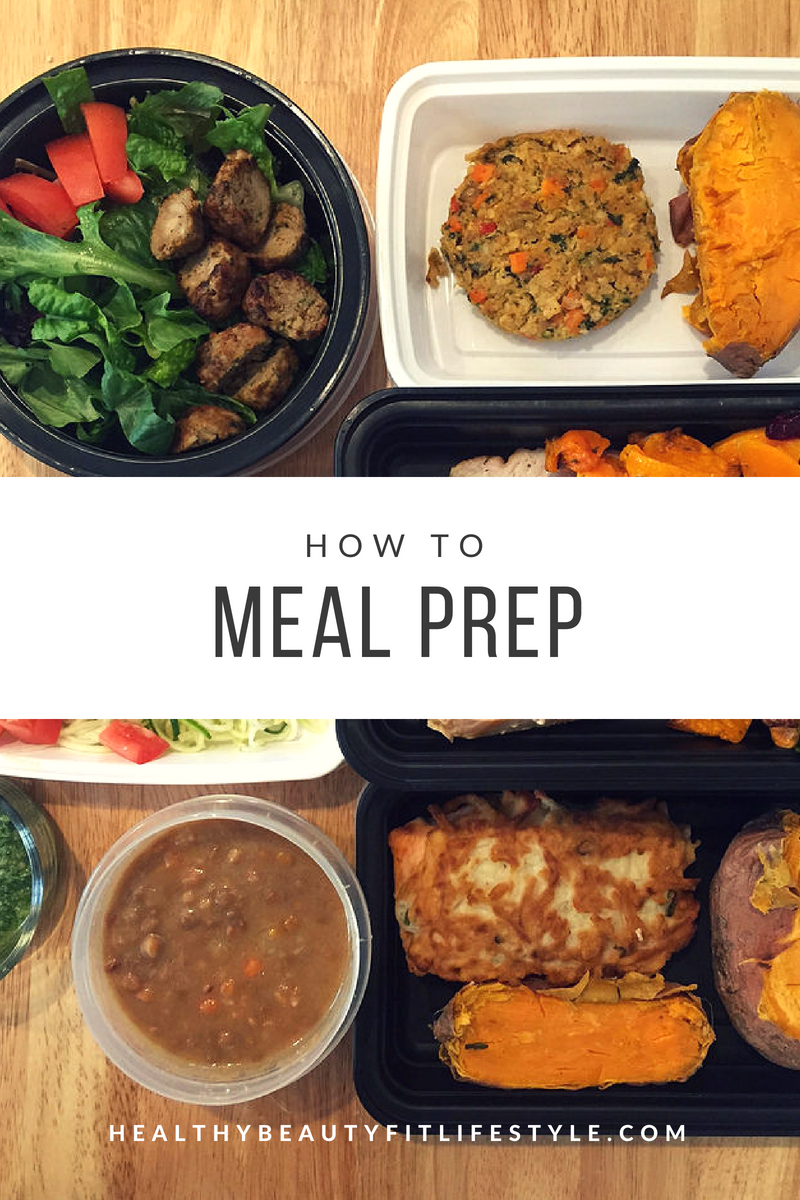If you are on a healthy journey and are looking for the best food choices, you want to focus on eating variety and quality. There is so much marketing about diet foods and healthy foods, that we might fall into the trap of eating not-so-healthy. You might be wondering, how is this possible? The answer is simple: there are “healthy foods” that have hidden extras. Abusing of these so called “health-friendly” foods can turn into fat and weight gain if not careful.
First things first…
The most important thing to bear in mind, as I’ve always stressed about fitness nutrition, is focusing in fat loss and lean mass gain. This is extremely important also for people that are in a weight loss process. Here, it is crucial that you receive proper assessment from your nutritionist. The reason why I mention this is because not everybody is focused on weight loss. Even though a large majority want to lose weight, there are other scenarios. Some people want to gain weight (lean mass), because they’ve been too skinny. Others just want to maintain a healthy weight, but lower fat percentage.
Depending on your goals, you want to focus on eating accordingly. With this, I don’t mean to limit yourself in food intake, as a matter of fact, we all know it’s a matter of moderation. So don’t beat yourself up either. The point is to make you aware that not all the “light” or “healthy foods” labeled in the market are truly so. Be mindful that you may even be better off having a donut than a bagel in certain circumstances.
“Healthy foods” that may be packed in extras
-
Breakfast cereals
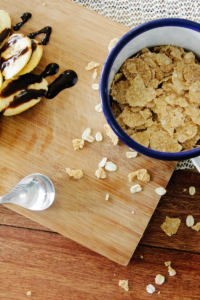
These are the most common types of foods that may be tagged as super healthy. This is true especially about processed, commercial cereals. Not all fall in the same category. Here it is important to read the food labels carefully. Some of these foods are very high in sugar. You want to look for the ones that are high in fiber (more than 5g of fiber), as these will make you feel full.
Another thing to check is the portion or serving size in the label, sometimes the nutrition facts state few calories or sugar grams but the portion size is smaller than what we would usually eat. Plus, eating simple sugars could increase anxiety and cravings throughout the day.
My advice: Use natural sources such as oats, since these are quality carbs and have tons of fiber. If you are going for a packaged cereal, read the label carefully.
-
Diet beverages
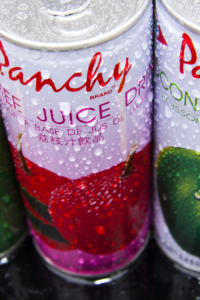
Diet beverages unfortunately are empty calories. They do not add any nutritional value, and as a matter of fact, may contain more artificial substances that can harm our health. Most diet beverages are sugar-free, and have artificial sweeteners. However, these foods tend to have access amounts of sodium, which is harmful for heart and blood pressure health.
In fact, we have seen that diet sodas cause more weight issues. As they taste more sweet than regular coke, they tend to cause addiction and crave for more sweet foods. This in term, causes you to overeat other foods and gain weight.
My advice: Stay away from these types of beverages as much as possible, and prefer natural fruit or veggie beverages.
-
Dried fruit snacks and “granola type” processed bars
Processed fruit snacks have high amounts of sugar and artificial ingredients that can interfere with the supposed nutritional benefits they contain. Here it is always important to read the food labels. Don’t get fooled by the package label! It might show that the product is made of real fruit or juices. Most of the times, these “healthy foods” contain high amount of artificial flavors, sugar, sodium, including fat. In the food label, you want to identify the amount of calories for the tiny size and the sugar grams.
My advice: Choose whole fruits, whole grains and nuts instead. These options will guarantee real vitamin, mineral intake and fiber.
-
Salad dressings
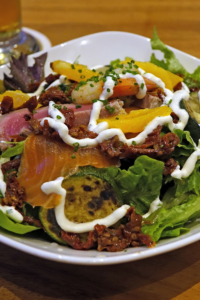
Salad dressings are also a very common trap when it comes to clean eating. People who are not used to the flavor of raw vegetables may look for options to add taste to their salads. Unfortunately, the problem with these commercial dressings is that they contain unhealthy ingredients like high fructose corn syrup.
Apart from that, some salad dressings may contain saturated fat in disguise. The proportion of the package may not be according to what you may want to eat either. Additionally, to boost the flavor of these “healthy foods”, other components like sodium and artificial ingredients may be there. Again, even though it might say “reduced” in calories, it is still fat. Therefore, you want to pay close attention to being moderate with the amounts you add. A teaspoon of oil has 9 cal of fat.
My advice: Choose natural sources like olive oil, apple cider vinegar, homemade vinaigrettes or lemon juice.
-
“Light” products
In this category, you can find tons of foods. You want to compare with the original product to ensure that it truly has fewer calories. The term “light” refers to a reduced amount of an ingredient, macros or calories by 50%. The sad truth is, that may not be the case of all these types of products. Sometimes, one ingredient amount defeats the purpose of reducing another. For example, it happens with flavored products like yogurt. Usually, they may have less amount of sugar but more saturated fat. The opposite may also occur. Another trick is the portion size that you see in the label. At times you may find reduced size but same amount of macros.
My advice: Read labels carefully and if you notice that the “reduced” calorie product has higher content of an ingredient like sugar or fat, then go for the original version. In the case of dairies, you may want to go for the natural flavored, 2% fat or skimmed options.
To wrap it up…
It all goes down to reading food labels and keeping your options wide. Don’t obsess about getting only “organic”, “sugar-free”, “fat-free”, “light”, and other labeled foods. Education is key to understand that you can enjoy all types of foods and know the differences in ingredient content. Eating smart lets you choose foods based on quality and health goals, instead of calorie counting. It’s all about balance and moderation! Let me know what are your thoughts on this. Share with your loved ones to educate on various food choices. Get personalized assessment here.
